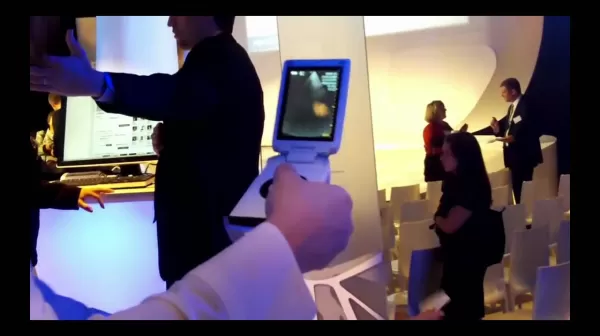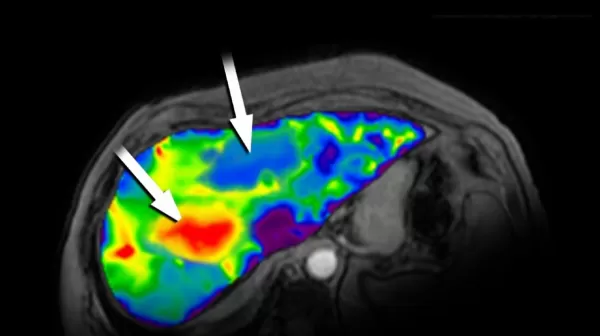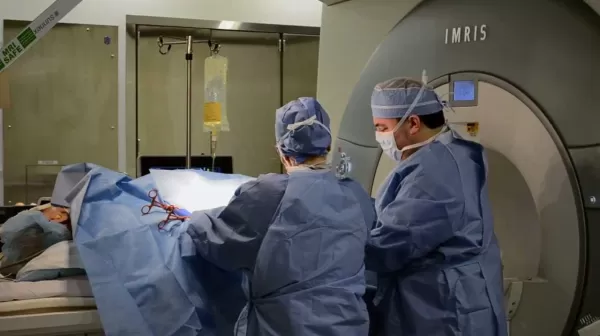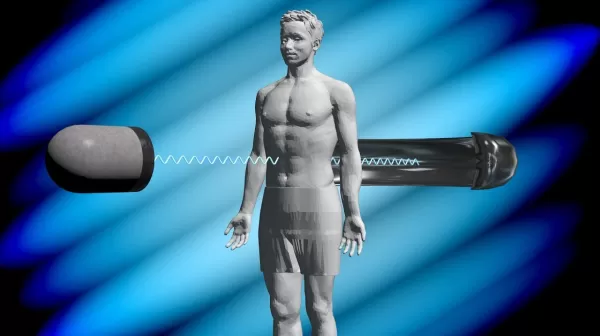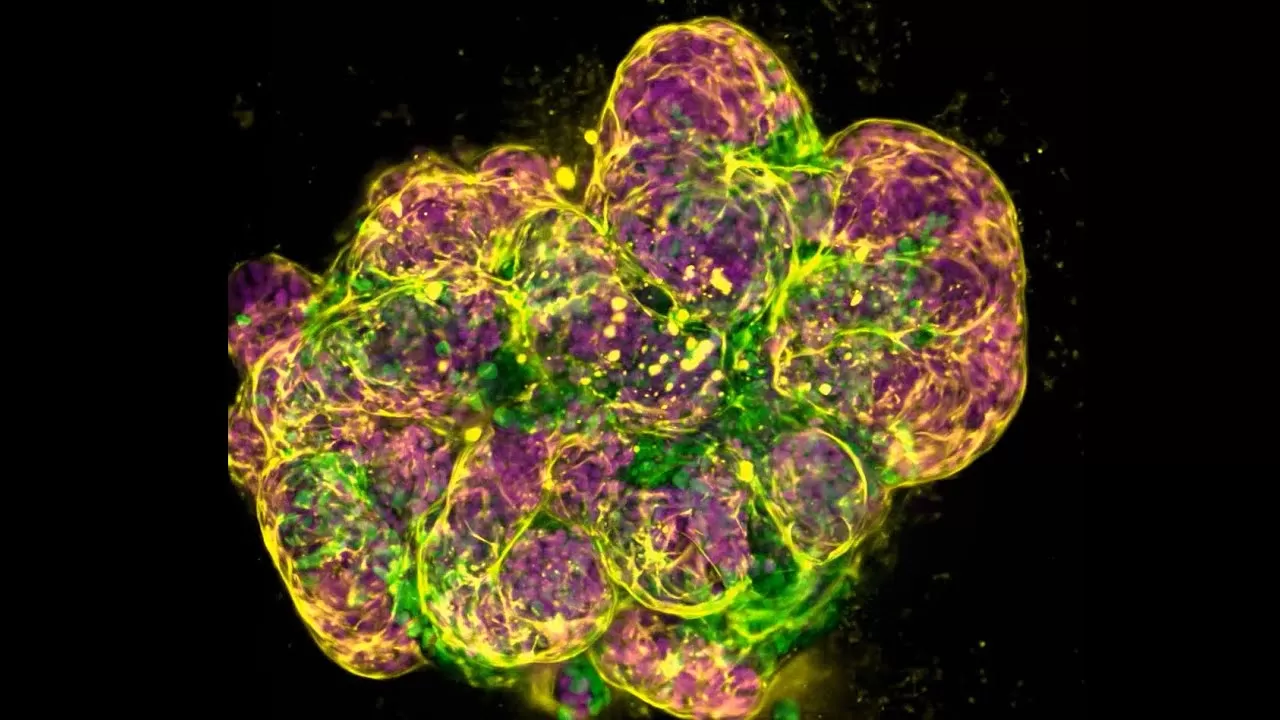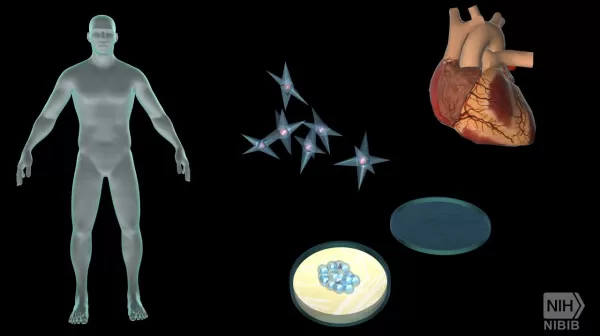M.S. Anatomy
The goal of MD Course in Anatomy is to produce a competent anatomist who has comprehensive knowledge of all aspects of anatomy (gross, microscopic, development, clinical applications, and recent advances) and related topics of other specialties The MS Anatomy degree is structured for those who wish to enhance their eligi
- Read more about M.S. Anatomy
- 31 views


